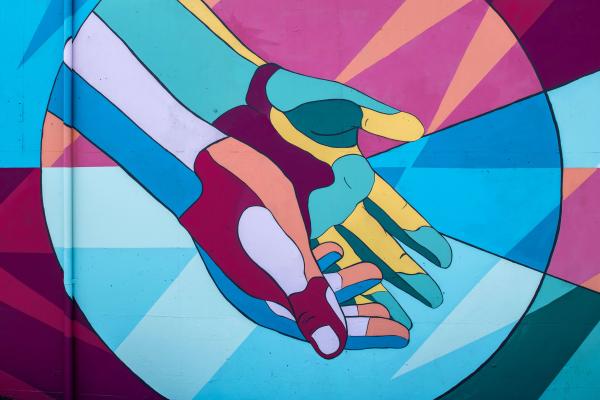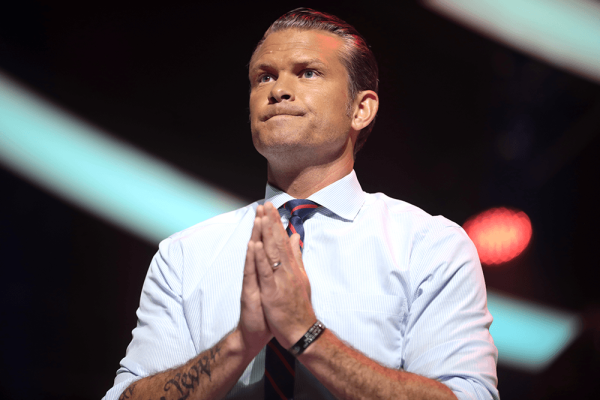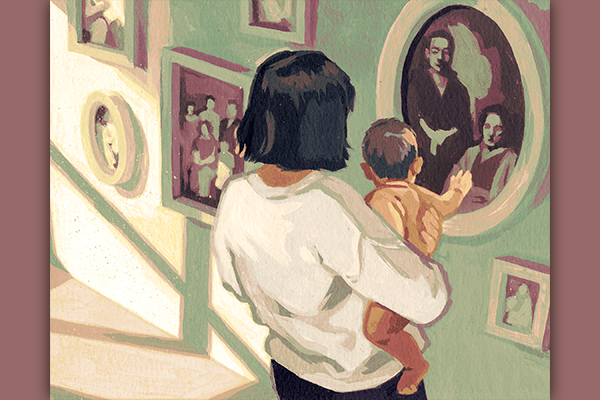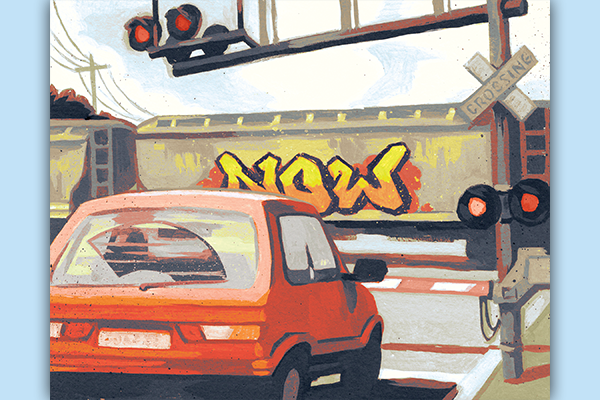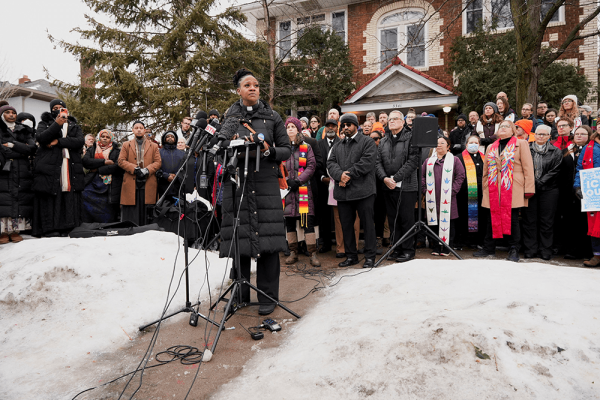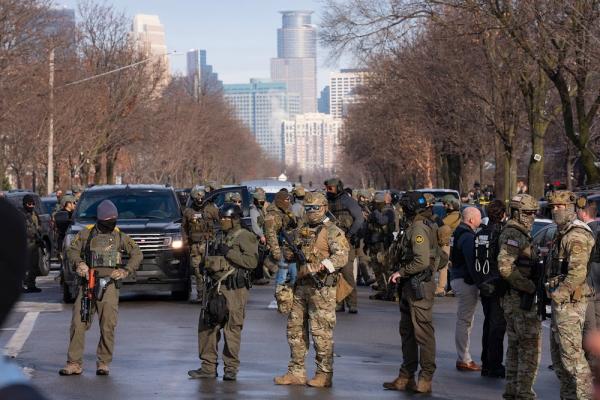My first foray into critical race theory was short-lived. I began by picking up Tommy J. Curry’s essay “Will the Real CRT Please Stand Up?” Three pages in I realized I did not know enough about race scholarship or CRT to appreciate his arguments. I had never heard the term “postcolonial” and as for “the political ideals of integration,” I wondered, “What are the political ideals of integration?” Determined to educate myself, I turned to a book Curry quoted, Richard Delgado and Jean Stefancic’s Critical Race Theory: An Introduction. But Delgado and Stefancic wrote for an audience with more historical and legal awareness than I had. Frustrated, I put the book down.
Recognizing that I was undereducated reopened old wounds. As a member of the Puerto Rican diaspora for whom, as Juan González writes, educators and family had denied “even the most rudimentary access” to Puerto Rican history and culture, I often felt I had “virtually no understanding of [Puerto Rico’s] unique relationship to the United States.” Feeling my understanding of race and racism was sparse and superficial only worsened the alienation I felt as a Puerto Rican.
This sense of alienation had old, deep roots: Mrs. Noone proclaiming to my classmates and me that I was only in her sixth-grade English honors course to boost racial diversity numbers; the priest who irately asked me and mi equipo for our papers while we trimmed the thorny bushes of the parish house; the wealthy white parents telling my teammates and me to return to the prison we came from minutes before their sons sexually assaulted us on the basketball court. I relived a Puerto Rican relative blaming Puerto Rico’s poverty on “sangre latina,” Latin blood, as I saw mi gente living in shacks. My classmate's racial insults rang in my ears, “you nigger” and “stupid spic.” I remembered my Anglo relatives saying, “We’ll make you a white man yet!” and the Asian shopkeeper chasing me out of a store because “People like you come here to steal.” I had suffered greatly but had not understood the sources or patterns of my suffering. I needed the healing that accompanies concientización. I needed a pedagogy for the racially oppressed.
I eventually returned to CRT after meditating on these difficult aspects of my life story. I restarted my reading with Ian Haney López’s essay about the social and legal construction of race. After sustained personal reflection and a commitment to studying, I was not only able to understand this essay, but I was amazed by it; he marshaled massive amounts of evidence within rigorous argumentation. Moreover, I could not believe how the essay spoke to me, taking up and answering the questions I had carried since childhood — questions like, “Why do people in New Jersey racialize all Puerto Ricans as Black?” and “Why are people in the U.S. South unlikely to racialize Puerto Ricans as Black?”
In his essay, López linked anti-Black colorism among Puerto Ricans to Iberian and U.S. imperialism, helping me understand how my being called a “nigger” and a “spic” was part of a long, sordid, imperial history. For example, López details how racialization patterns can differ regionally. I remember thinking, “Exactly! I’ve been racialized Black in New Jersey because I’m Puerto Rican, but folks in Puerto Rico and the U.S. South never see me as Black.” Later, I learned how the Black-white binary shaped U.S. racialization in regions with large Latin@ populations including the Southwest and Northeast.
As I engaged López’s essay, I realized something important was happening: I was healing. My experience tracked what Latin American theologians discussed during the International Fellowship of Mission Theologians’ global conference on life in the Spirit (1984). The Tlayacapan Declaration, a summary of the conference’s findings, recognizes that the Holy Spirit operates “in all the spheres of life — social, political, economic, cultural, ecological, biological, and religious,” and that we can see this work “in anything that awakens sensitivity to the needs of people.” The liberating Spirit of Christ was using this CRT text to mend my personal and generational wounds. God was awakening me to historic and global sources of suffering. I was growing in concientización.
As I grew in my understanding of what Willie James Jennings refers to as the church’s diseased racial imaginary, I suspected that Christians forced to inhabit their societies’ racially exploited undersides were offering remedies for this diseased imagination. Theologians including Orlando Costas, Elizabeth Conde-Frazier, René Padilla, and Elsa Tamez became my new guides and friends. Despite being repeatedly marginalized in Anglo institutions and communities, these theologians have faithfully imagined ways to heal Christian theology from the disease of racist thinking.
I list Latin@ theologians because studying CRT helped me overcome the fear that engaging Latin American scholars would worsen my sense of alienation from Puerto Rico. It has not. Instead, thinking with these scholars has furthered the process of renewing my mind by decolonizing it. This is what author and pastor Orlando Crespo calls an interactive view of Christian discipleship: Increasing my awareness of racist colonial and imperial practices has grown my love for God and neighbor, which subsequently has spurred my desire to grow in this awareness.
Much has changed since I first tried to read Curry, Delgado, and Stefancic. Now I am a CRT scholar condemning political and ecclesiastical efforts to tarnish and gentrify the movement. Now I am the one writing an introduction to CRT for IVP Academic. Getting to this point has been rough. Healing from personal and generational racial trauma takes a toll. Grieving is required. And in times of racist retrenchment, persecution is a given. Yet the Lord who proclaims liberty to the captives proclaims blessing upon those persecuted for righteousness sake (Luke 4:18; Matthew 5:10). Here an Augustinian moto holds true: fides quaerens intellectum — I have faith seeking understanding in a racialized world.
Editor's note: In accordance with the AP Stylebook, Sojourners does not capitalize “critical race theory.” For a discussion on why the term should be capitalized, see Kimberlé Crenshaw’s essay, “The First Decade: ‘A Foot in the Closing Door’.”
Got something to say about what you're reading? We value your feedback!
